Archaeologists Discover 5,000-Year-Old Temple in Peru Underneath Sand Dune
Archaeological excavations in a valley in Northwestern Peru have unearthed the remains of a 5,000-year-old temple that may have been used for ceremonial purposes.
The first stage of the excavation, which took place this past summer, also led to the discovery of human skeletal remains buried under a large sand dune. Further investigations may provide researchers with insight into the ancient culture that once thrived in the region and their religious customs.
Zaña Valley Archaeological Project
On June 3, archaeologists alongside Peru’s Ministry of Culture meticulously conducted the first stages of an excavation at the Los Paredones de la Otra Banda – Las Ánimas Archaeological Complex in the Zaña region located just under 50 kilometers from Chiclayo.
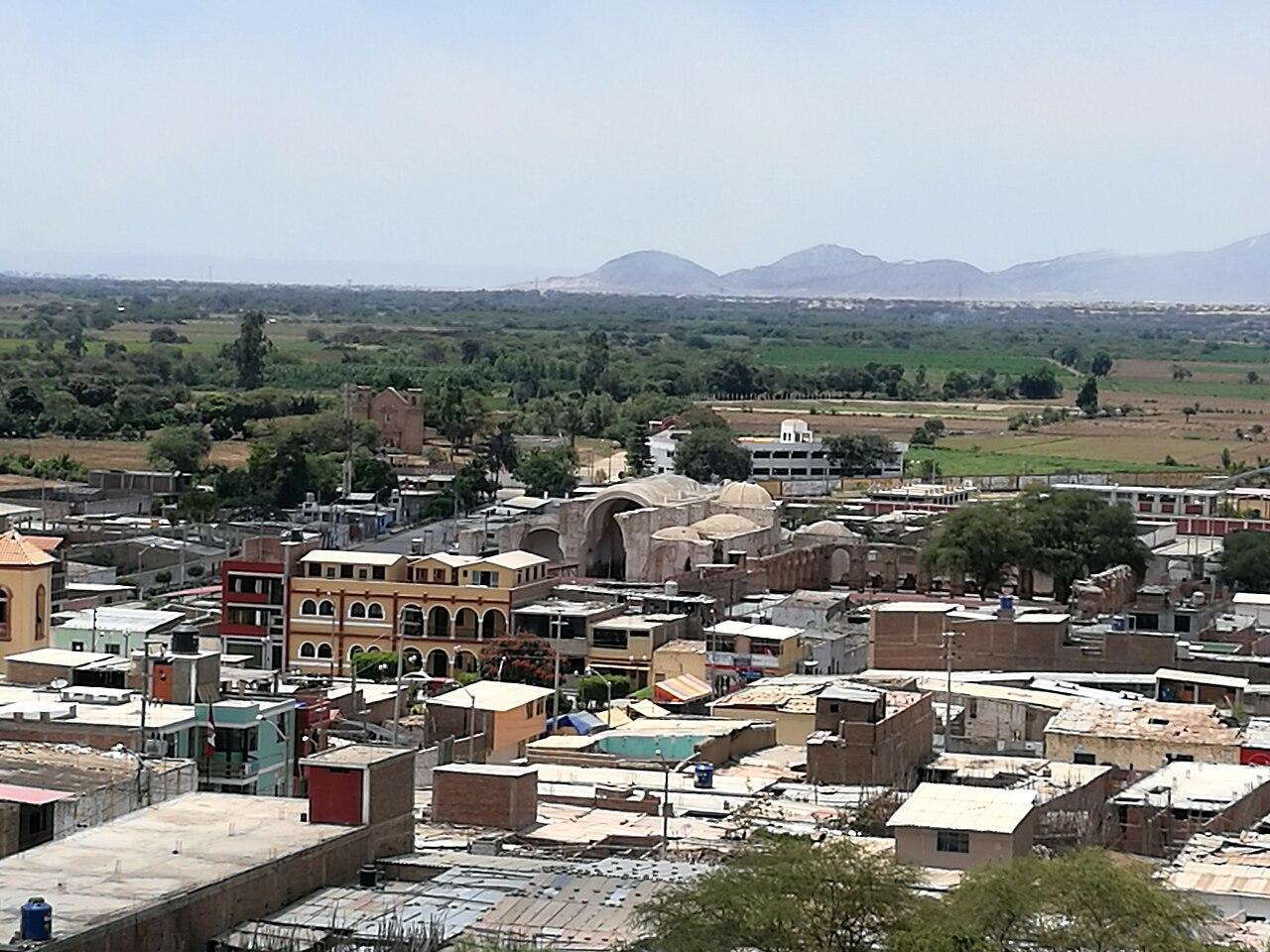
Source: Wikimedia
The Zaña Valley Archaeological Project aims to explore the surrounding valleys in search of ancient sites and items of interest, and it didn’t take long before the researchers made a fascinating discovery.
Discovery of Ritualistic Temple
Two archaeological teams working at the site eventually unearthed the remains of a religious monument, a discovery of immense significance.
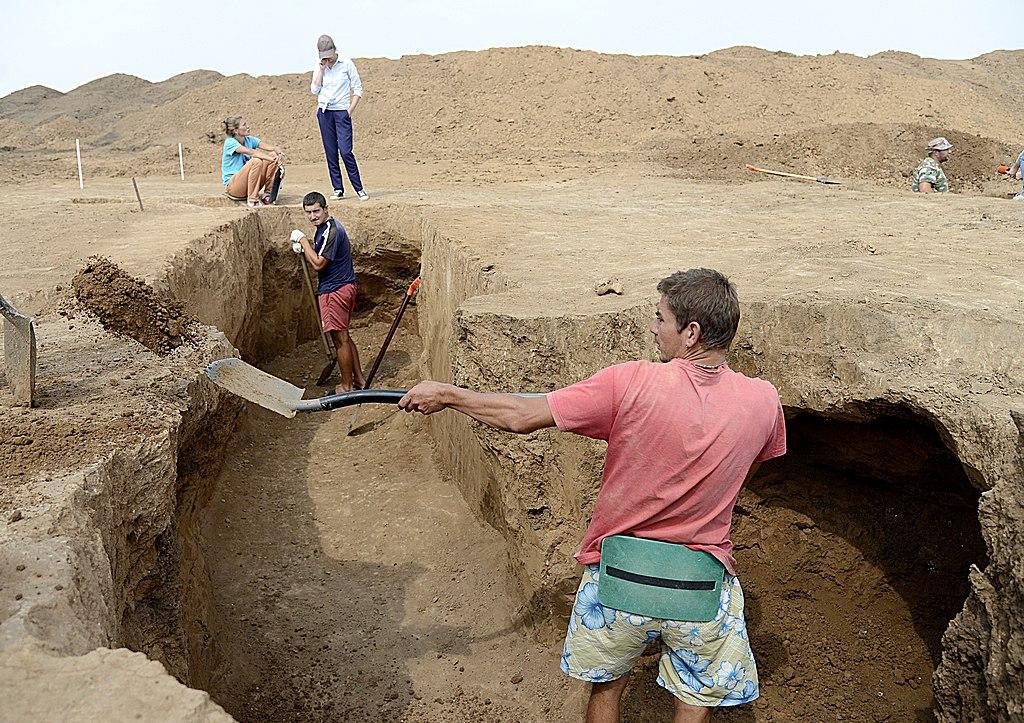
Source: Wikimedia
As the researchers continued to dig out the remains of the temple-like structure, they eventually found the remains of several walls of what once appeared to be a multi-story structure.
5,000-Year-Old Temple Structure
Speaking in a statement, Luis Armando Muro Ynoñán, director of the Archaeological Project of Cultural Landscapes of Úcupe – Zaña Valley, shared his opinion on the dating of the site, suggesting it goes back several thousands of years.

Source: DDC Lambayeque
“We are probably looking at a five-thousand-year-old religious complex that is an architectural space defined by walls built of mud,” he said.
Religious Temple May Be Linked to Others
Luis Muro, an archaeologist from Peru’s Pontifical Catholic University who led the team of researchers, explained that the temple may be linked to others in the region.
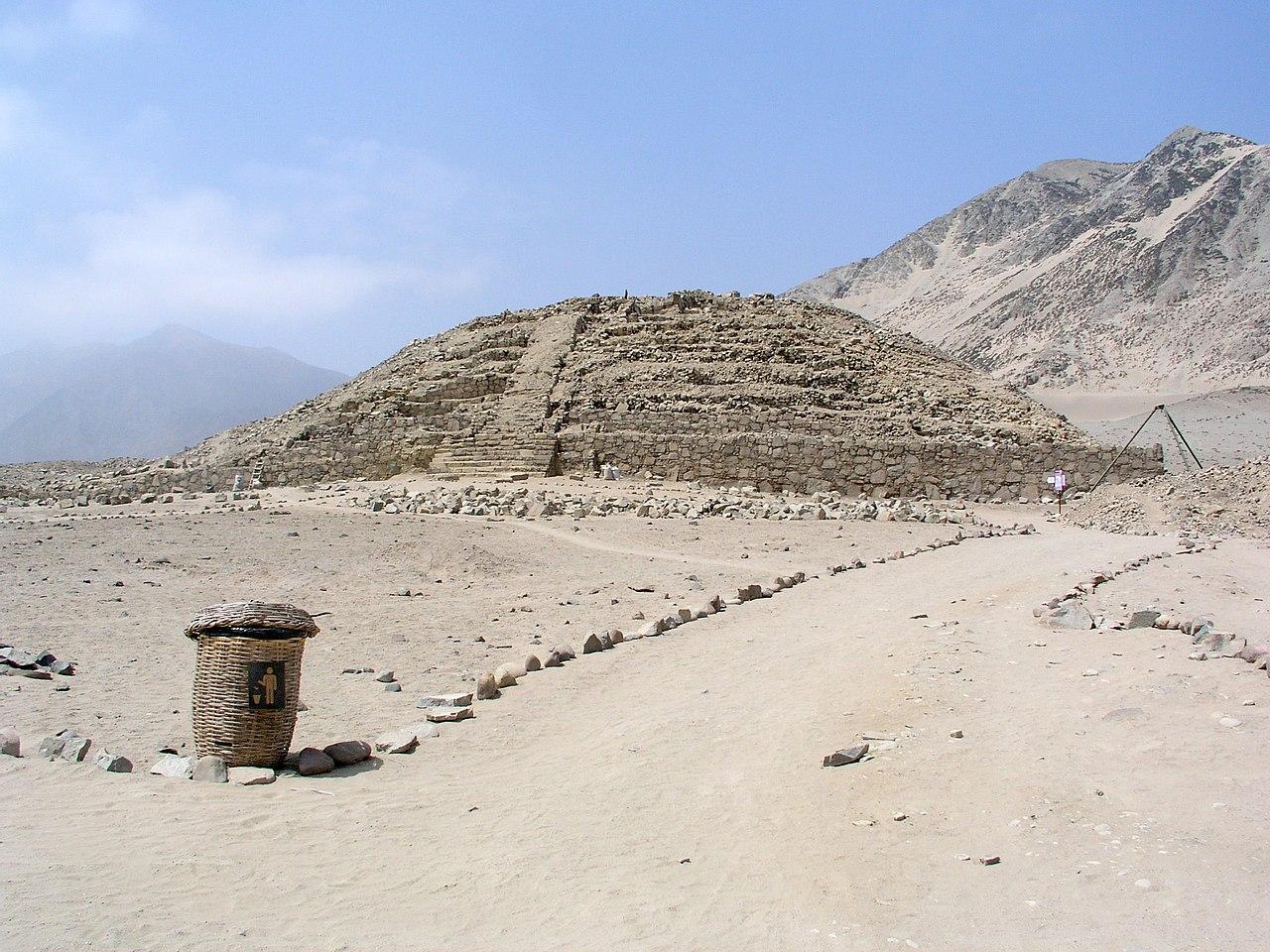
Source: Wikimedia
“We are still waiting for radio-carbon dating to confirm the date, but the evidence suggests this religious construction could be part of a religious tradition of temples built on Peru’s northern coast during that period,” per Channel News Asia.
Researcher Speaks on The Interior of the Temple
During a press statement, Ynoñán revealed that the archaeologists found a staircase in the central portion of the structure that would have led an ancient priest to a raised platform.

Source: Wikimedia
“We have what would have been a central staircase from which one would ascend to a kind of stage in the central part,” he said.
Human Remains Discovered at the Temple
As researchers continued to explore the remains of the wall, they made a startling yet fascinating discovery.

Source: Wikimedia
The remains of several humans dating back to the temple’s period were carefully placed between the walls of the religious structure.
Humans Remains Placed in a Ritualistic Manner
The human burials discovered between the walls at the site were wrapped tightly in cloth, suggesting the temple may have been a site where sacrificial rituals were carried out.
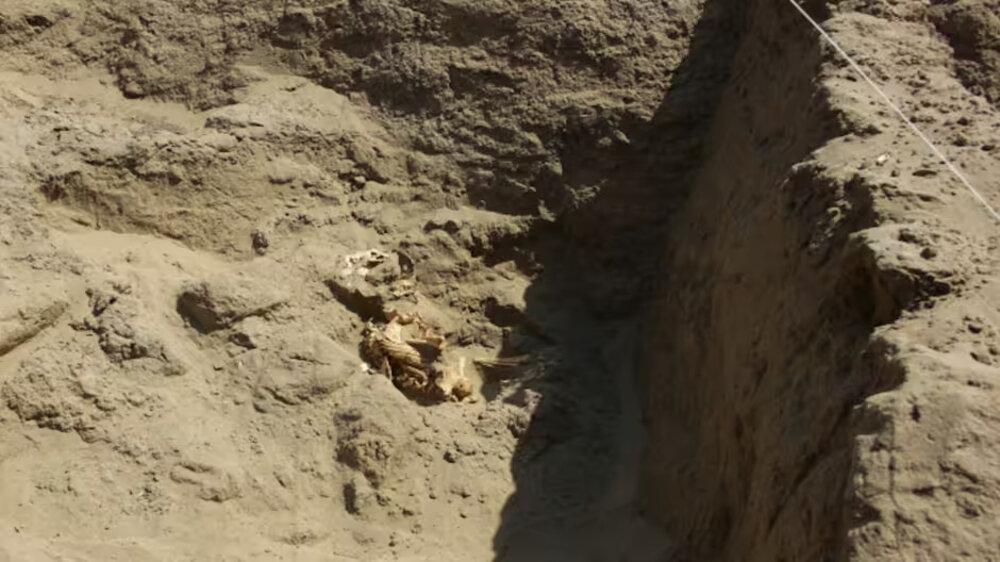
Source: DDC Lambayeque
However, despite this theory, researchers admit that more evidence is required before they can say what the burials represent.
Ancient Deity of the Region
As the archaeologists slowly removed the dirt encased around the walls, they discovered that the remaining walls of the temple were covered in elaborate freezes.

Source: DDC Lambayeque
The most fascinating depiction was of a human body with a bird’s head, reptilian claws, and feline features. This has led some to suggest that this figure was some kind of deity worshipped by the region’s ancient inhabitants.
Researcher Discusses the Designs on the Walls
Above the mysterious figure, the walls have designs of a different nature, which further emphasizes the site’s importance.

Source: Freepik
The researchers explained that the upper parts of the wall were covered in “fine plaster with a pictorial design,” per their statement.
Second Archaeological Excavation
During a second excavation at the site, researchers unearthed the remains of a ceremonial structure dating back to the much later Moche period, around 650 CE.
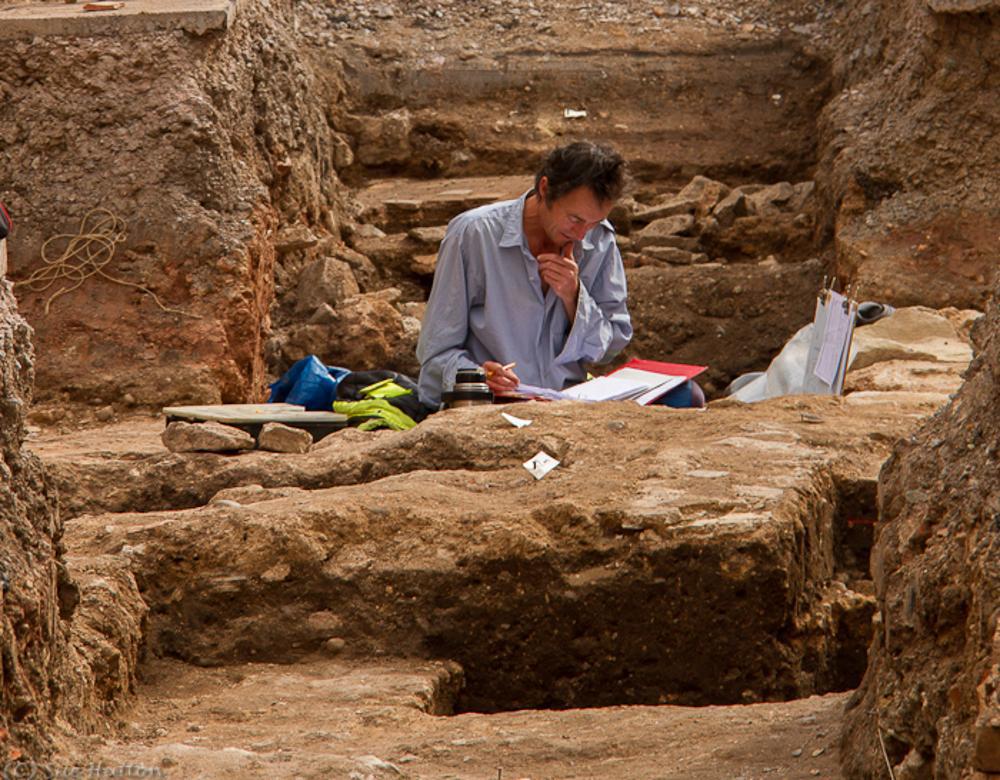
Source: Wikimedia
The Moche were an ancient group living in Peru who produced fine artwork and large temples. They are also thought to have engaged in the practice of human sacrifice. Archaeologists also note that the remains of a young child between the ages of 5 and 6 were discovered at the site; however, they date to a later era.
Emergence and Evolution of Groups in the Region
Ynoñán explained they sought to “examine the emergence, evolution, and development of the ceremonial center and elite cemetery of La Otra Banda and Úcupe, which were built and consolidated regionally between the Formative and Moche periods.”
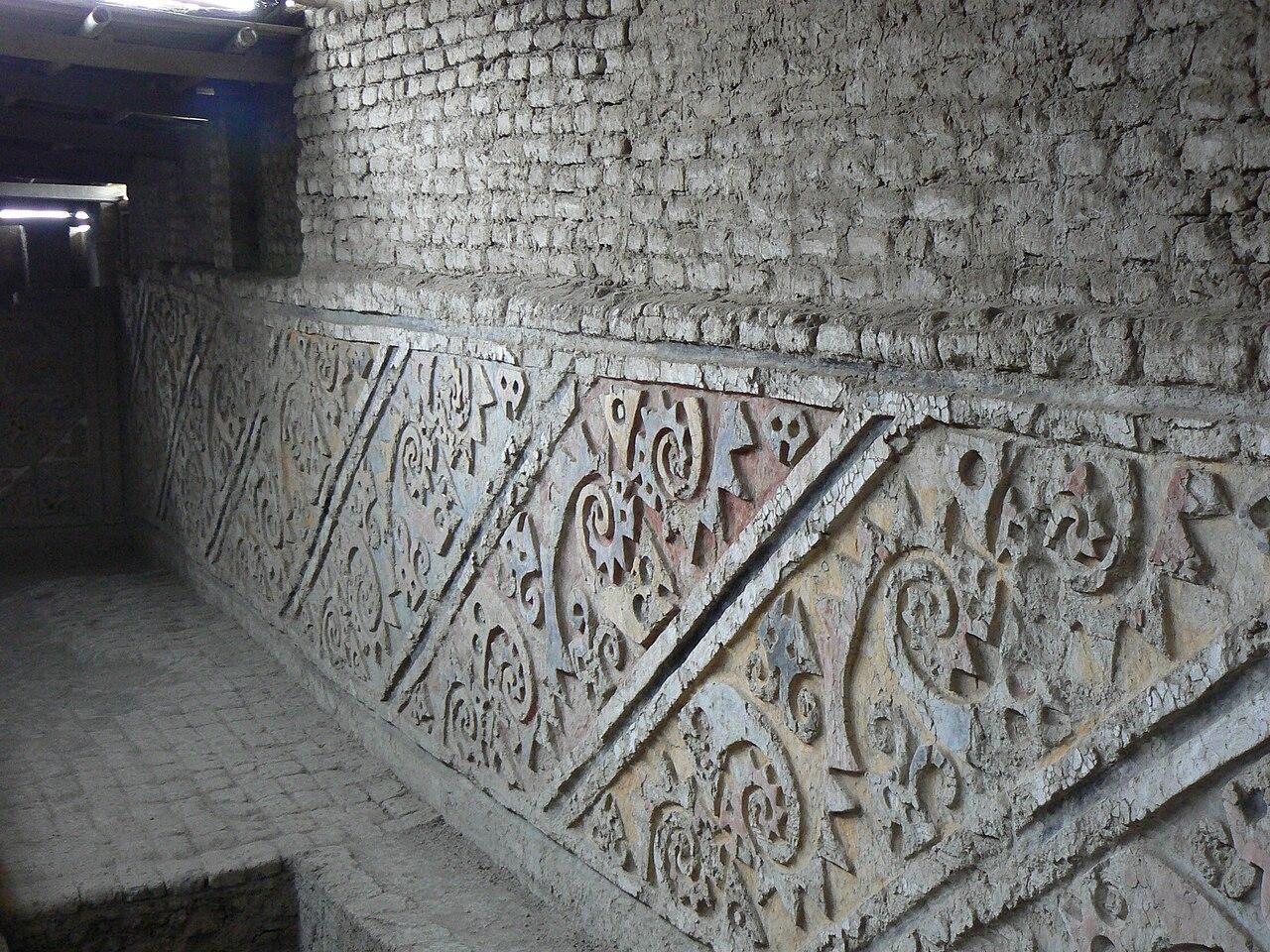
Source: Wikimedia
The researchers involved in the project hope that further excavations at the site will allow them to understand better the ancient cultures that once thrived in this region of Peru.
